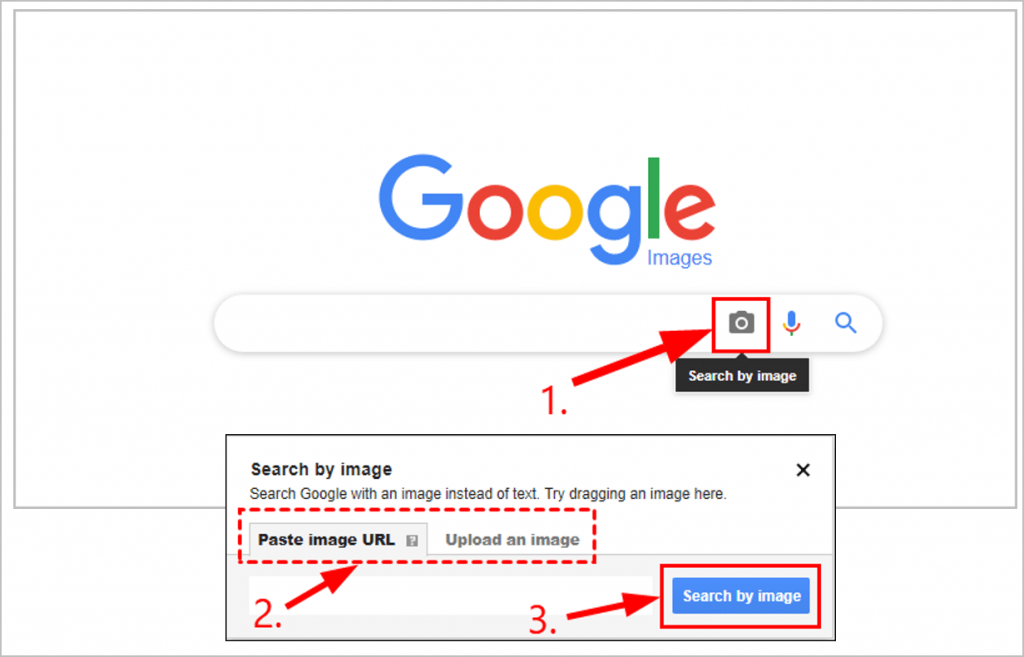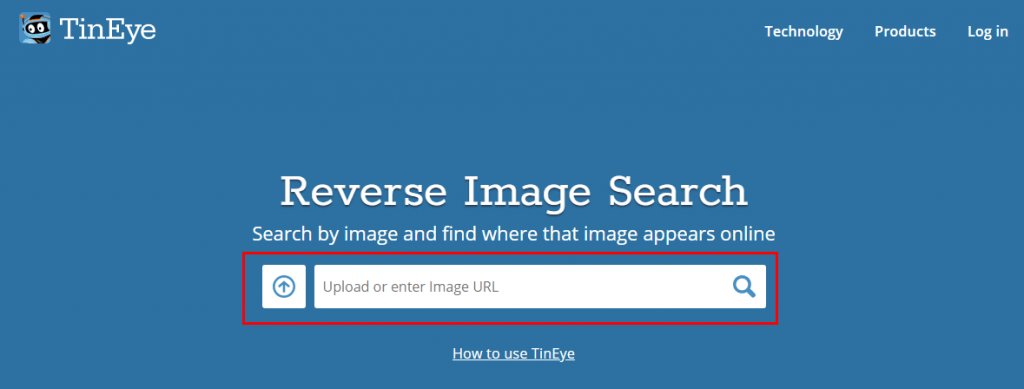Reverse image search is a search engine technology that allows you to search by images, as opposed to keywords, to find out similar images or the source of an image. Whether it’s a photo you come across that you want to look up for more details or you’re curious where else your images are being used on the Internet, you can play detective yourself and find it all out. In this post, we’re showing you 2 ways to perform a reverse image search. Read on and find out how…
How to perform a reverse image search
Method 1: Reverse image search via Google Image
Pros: Large database, easy to use, free
Cons: Often shows loosely connected content (failing in finding the exact matches)
Perhaps the most widely used search engine for a reverse image search is Google Image. With the largest image database, it is able to find you almost any content that’s related to the image you search by. So Google Image is best used when you want to find more similar images to the one you have on hand.
Here’s how to do a Google reverse image search:
1) On your device, go to image.google.com.
2) Click the camera icon. Then in the pop-up Search by image window, you can choose either Paste image URL or Upload an image to search the image. After that, click Search by image.

If you’re on Google Chrome browser, tap on the three-dot icon, then scroll down to the bottom and tap on Request Desktop Site.
If you’re on Safari, tap on the upper-arrow icon, then swipe right in the second row of options and tap on Request Desktop Site.
3) Google Image will show you all the related content in no time.
Method 2: Reverse image search via TinEye
Pros: Easy-to-use, free version allows up to 150 searches a week, delivers exact results, comparison feature available
Cons: Doesn’t support search by keyword, size limit of 20MB for an uploaded image
TinEye is the first reverse image search engine ever existed to help you find out where the images come from and how they are being used on digital properties. Compared to Google Image, TinEye does not find visually similar images, but the exact matches, even if they might have been cropped, edited or otherwise doctored. Since TinEye specializes in sourcing images, it is best used when a copyright issue is involved.
As a dedicated reverse image search engine, it’s consummately easy to use. To use it for reverse image searches, simply go to TinEye’s official website, then upload the image or enter the URL of the image and click the Search icon. Without taking too long, TinEye will bring up all the possible matches to the image you upload. Having difficulty in making out the differences between the images? No problem – TinEye has built in with it a helpful feature that allows you to visually compare the differences between the images.

There you go – 2 easy ways to help you search by image on the Internet. If you have any questions, ideas or suggestions, you’re more than welcome to drop us a comment below. Thanks for reading! 🙂
Featured image by picjumbo.com from Pexels






